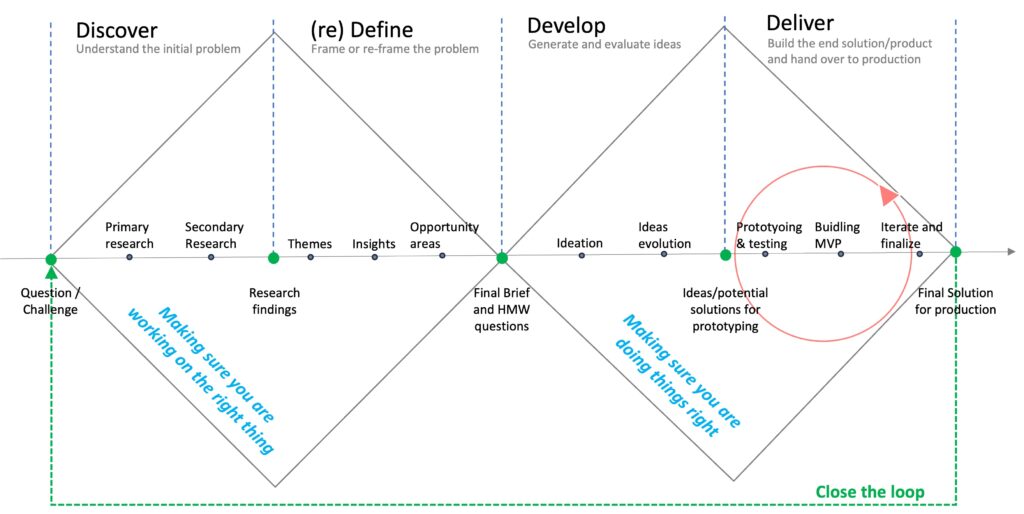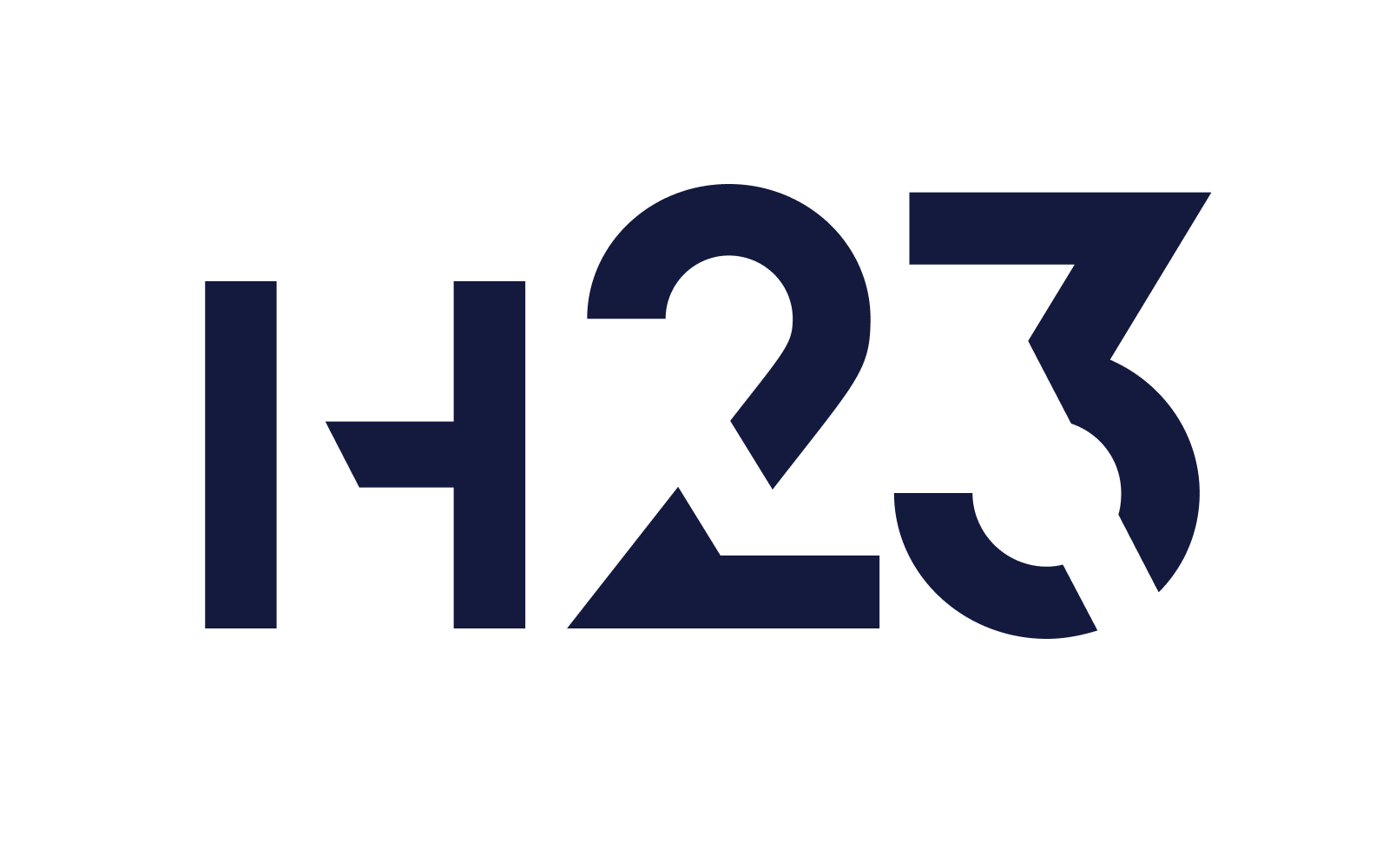Executive summary:
h23 uses powerful Innovation Lab approach, addressing strategic questions that the companies have and helping their leaders developing solutions.
Our Partners run a dedicated Innovation Lab for one of the leading european data technology compa;ny, addressing its product and value proposition challenges in fast changing market (declining market share and dropping revenue). Within 3 months they have conducted multiple workshops, research and strategy sessions generating over 200 viable new business ideas. After assessing all the ideas, our partners prototyped 10 solutions and finally – based on the sign-off from the customer – they’ve overseen development of 2 new products that were released to market and became afterwards key product offering for the biggest global customers.
Generated business impact
Business case
Business Challenge
One of our clients, an international data technology company delivering marketing solutions to its B2B customers, started to face challenges linked with its product offering. After over 10 years of growing business, revenue streams started to decline. Based on the feedback from top customers, the management understood that the company’s value proposition is seen by customers as outdated and not responding to the needs of the market.
The client reached out to us asking for help in repackaging their products. building new, more appealing Value Proposition and supporting its deployment.
Our approach
Based on our experience, we’ve suggested taking a step back and starting with an assessment of the most important business problems/requirements/expectations that top-10 customers of our client expect to get addressed. With that input, we’ve proposed to run an ideation process, addressing the most important issues and afterwards building MVPs for the testing. Final step would be to present the shortlist of new opportunities to the customers, inviting them to co-create the new products.
Our client agreed to the following process of running innovation lab:
- Problem definition;
- Ideation with internal and external experts, to generate solutions;
- Selecting ideas for prototyping;
- Testing the ideas;
- Building MVP and selecting ideas for further development
We have planned a series of workshops using the Design Thinking methodology, to facilitate the process and get the best results after each phase. The condition we have put was to involve the client’s senior leadership and ensure access to their top customers (for interviews, validation of ideas and potential commercial pitch of solutions for final development).
Design thinking methodology
Design thinking is a human-centered problem-solving approach that emphasizes empathy, creativity, and collaboration. It involves understanding the needs and perspectives of users, ideating a wide range of solutions, prototyping and testing those solutions, and iterating based on feedback. This iterative process encourages innovative solutions that resonate with users and address their real challenges, making design thinking a valuable tool for product development, business strategy, and fostering a culture of continuous improvement.

Ideation stands as a driving force for successful business transformation. In the dynamic process of generating innovative ideas, companies discover a number of opportunities. The ideas serve as the catalyst for uncovering new paths, sometimes pushing the business into uncharted territories. Ideation fuels the enhancement of existing processes, injecting a fresh wave of efficiency and effectiveness. In the face of evolving market needs, the ability to swiftly adapt is paramount, and ideation empowers businesses to respond to these changes. As such, ideation emerges not merely as a concept but as the very heartbeat of transformation.
Results
Based on the work performed, we were able to generate 200+ ideas for new products and services that can be offered to client’s customers, based on the existing competencies and capabilities of the company. After the first round of testing, top-10 ideas were selected for prototyping. All those prototypes were presented to the biggest customers of our client and based on their feedback, 4 of them have been classified as high potential opportunities and agreed to be developed in collaboration with customers. Finally, 2 of the MVPs have been successful and become new innovative solutions that helped to reshape the whole Value Proposition and reposition our client as future oriented


